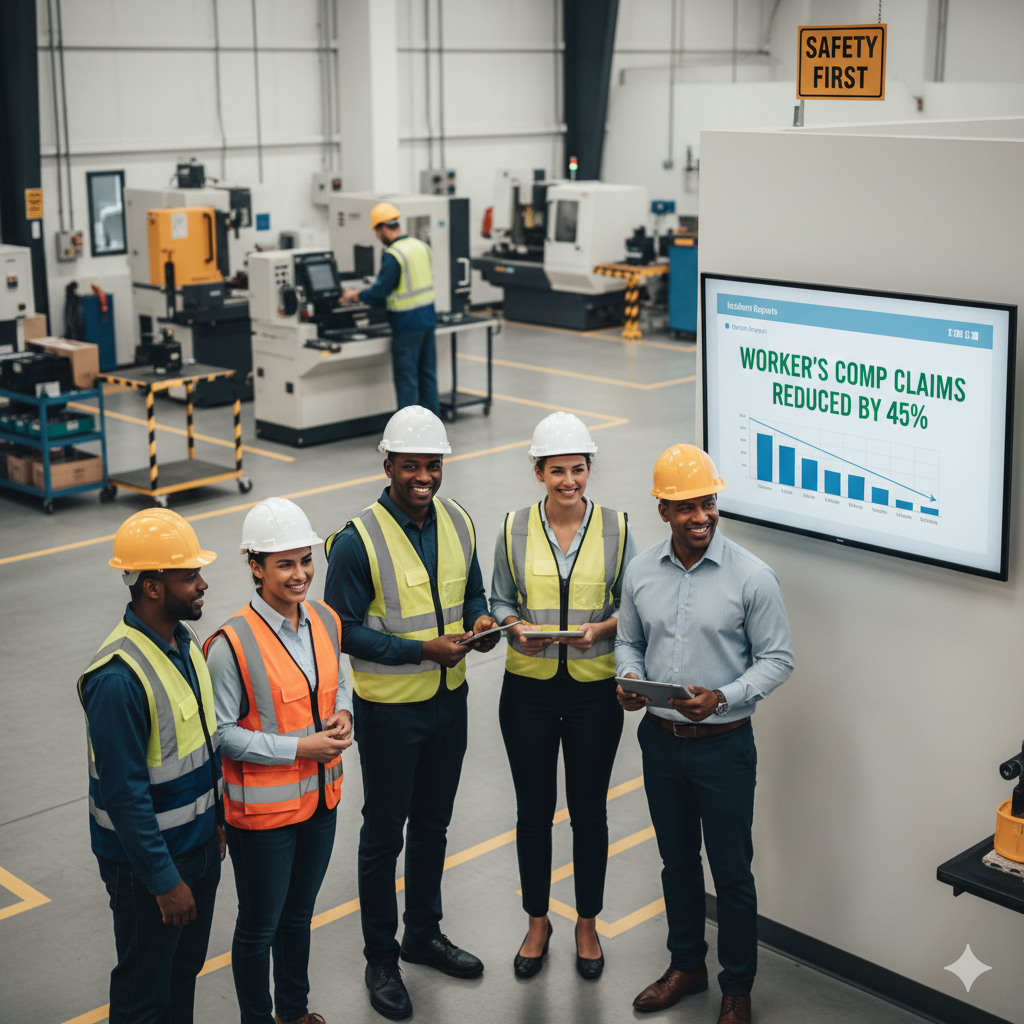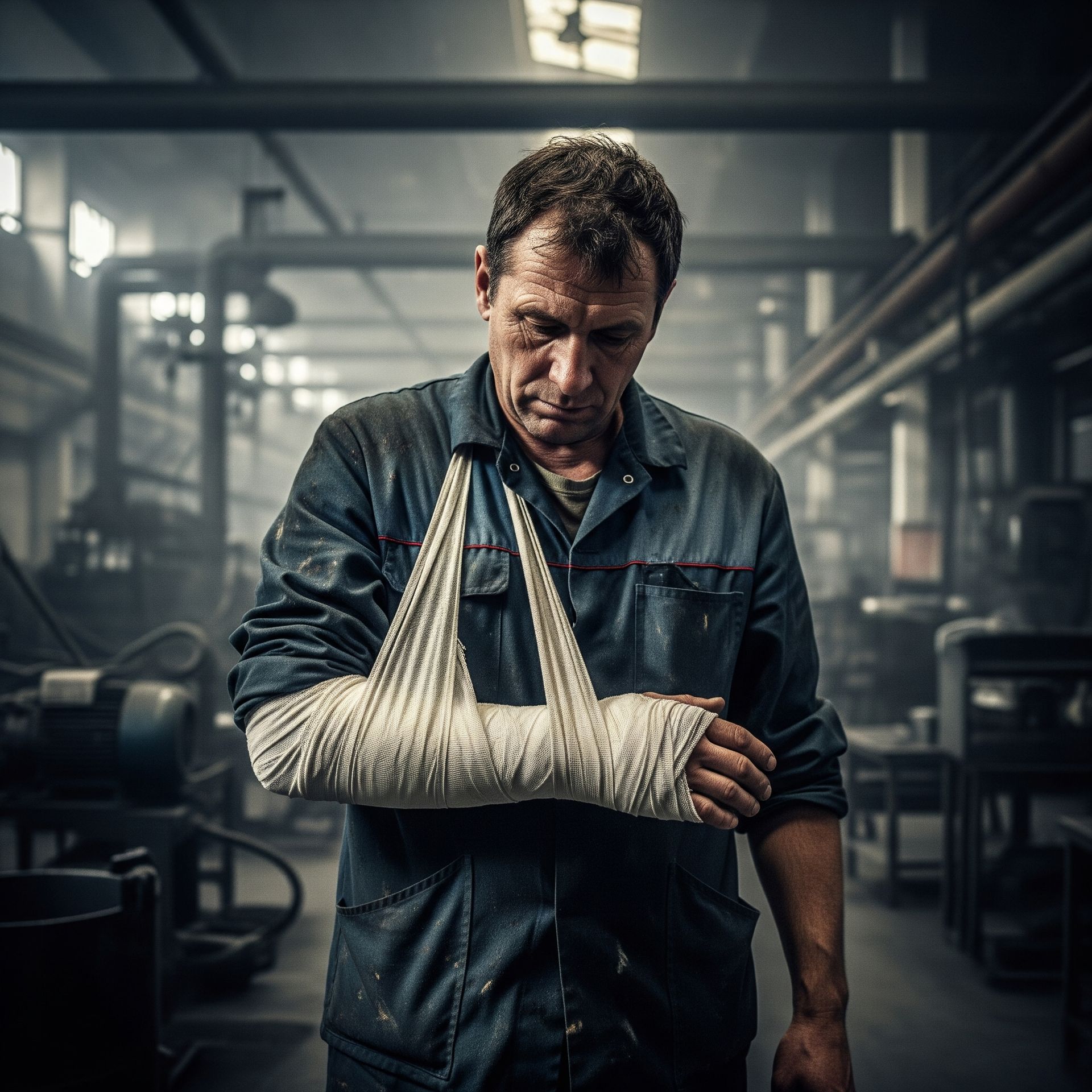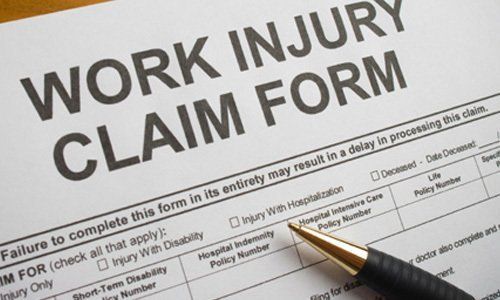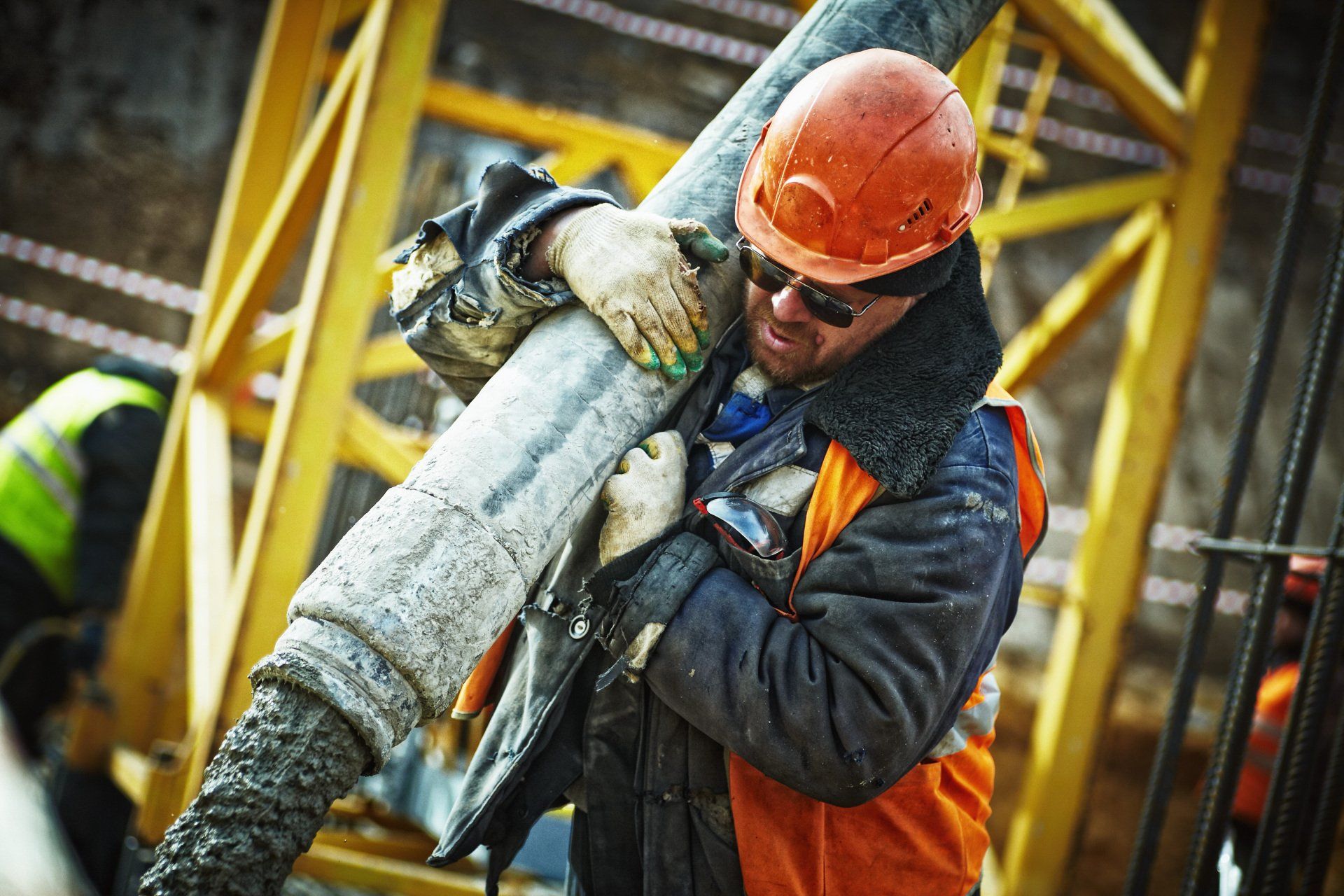These Are The Top 4 Industries That Need Onsite Injury Prevention Programs
While it’s important for all businesses, no matter the industry, to establish an injury prevention program of some kind, there are four industries that absolutely need an onsite injury prevention program, as they pose higher risks to employees than others.

Unfortunately, work-related injuries are bound to happen, no matter what industry you’re in. According to Injury Facts, “The top three leading causes of work-related injuries – overexertion and bodily reaction, slips, trips and falls , and contact with objects and equipment – account for more than 84% of all nonfatal injuries involving days away from work” ( https://injuryfacts.nsc.org/work/work-overview/top-work-related-injury-causes/ ). Unfortunately for both employers and employees, these accidents can occur in any type of workplace setting. While it’s important for all businesses, no matter the industry, to establish an injury prevention program of some kind, there are four industries that absolutely need an onsite injury prevention program, as they pose higher risks to employees than others. We are going to discuss these four industries, explain how injuries occur, and pose solutions on how to mitigate them.
Let’s dive in.
Most people aren’t surprised when they hear that the construction industry is one of the most dangerous industries for employees. Construction sites are dangerous places, and workers are constantly engaged in physical labor that requires using heavy machinery and climbing tall heights. Some of the most common industries in construction include: falling from heights, electric shock, repetitive motion injuries, neck, shoulder or back injury, and more. This is why it’s crucial for construction companies to have onsite injury prevention programs that can mitigate these risks and create a safe workplace environment. There’s several ways to reduce injuries on a construction site including holding regular safety meetings, establishing fall protection systems, conducting equipment maintenance checks regularly, and creating a safety culture within the company. The Physical Capacity Profile® (PCP) Testing System is an amazing way to implement an onsite injury prevention program that will ensure all employees and
employers are safe at work. Through computerized software, a comprehensive collection of 23 maximum-strength measurements are collected in as little as 20 minutes. Results are available in minutes for both the medical team and employer ( https://www.pcpworks.com/about
). Unlike other post-employment physical exams, such as job simulation or physician physicals, the PCP test provides objective baseline data about an employee’s maximum performance. The PCP test allows employers to document the health and strength of the employee so that if they’re hurt in the future, this can be used to alleviate the headache of workers compensation claims and lawsuits. It’s a win, win for both employers and employees.
2. Manufacturing
Manufacturing is another industry that experiences some of the highest onsite injury rates. According to the CDC, an estimated 13,455,000 workers in manufacturing industries are at risk for fatal and nonfatal injuries ( www.cdc.gov ). Though not every manufacturing facility or job is the same, the repetitive motions that are required of manufacturing workers can put them at serious risk for developing long-term musculoskeletal disorders and injuries. Additionally, overexertion, transportation incidents, exposure to harmful substances, and broken bones are all too prevalent in manufacturing. This is why it’s so important for manufacturing employers to establish an on-site injury prevention program. These programs will ensure that workers are in the best shape while they’re at their job. The Physical Capacity Profile® (PCP) Testing System is a great way to test employee’s strength and health post-employment to ensure minimum workplace injury and maximum workplace happiness.
3. Transportation
Similar to construction and manufacturing industries, the transportation industry has a high rate of workplace injury. MEMIC data analysis indicates that the main areas of concern in the transportation industry are material handling, medical management, slips, trips and falls, and motor vehicle accidents ( https://www.memic.com/workplace-safety/resource-library/transportation/transportation-industry-risks ). In order to keep injuries to a minimum, it’s crucial for employers in the transportation sector to establish strong injury prevention programs. To do this, employers should be focused on defining safety responsibilities within each level and department of their organization. A simple way to do this is to have a way to measure safety. Monthly or weekly safety checks can keep employers and employees on the same page and make sure that all vehicles or other machinery are operating properly. Another option that will help management build a workplace safety culture is to assign an employee to champion the safety program in each location or department. The Physical Capacity Profile® (PCP) Testing System allows employers to answer three important questions: 1) Does your new hire have the strength and fitness required to do their job? 2) Does your new employee have a pre-existing injury 3) Is your employee ready to return to their job after recovering from an injury? This, in turn, significantly reduces work-related injuries on the job and keeps both employers and employees safe and happy.
4. Hospital/Healthcare
What most people may not know is that research studies and statistics have proven that hospitals are one of the most unsafe and dangerous places to work ( www.therightpatient.com ). According to OSHA, in 2017, the healthcare and social assistance industry reported more injury and illness cases than any other private industry sector - 582,800 cases ! (2017 Survey of Occupational Injuries and Illnesses, BLS). Many different types of injuries can occur in hospitals or among healthcare workers including musculoskeletal injuries, fractures, back injuries and infections and blood borne diseases. The Physical Capacity Profile® (PCP) Testing System is widely used in hospitals and healthcare facilities around the country, making it one of the top industries that we service. That’s because physical ability testing has a direct correlation to fewer workplace injuries, and in turn, cost savings ( https://www.pcpworks.com/post-offer-employment-testing-system ). The use of The Physical Capacity Profile® (PCP) Testing System has shown the following benefits:
- $1 spent testing results in $6-8 in direct medical cost savings to employers
- 10% to 30% decrease in workers compensation premiums to employers
- 30% decrease in workers compensation injury rates
- Facilitates job reengineering to expand the pool of qualified workers
Whether you’re a nurse, a doctor, or any other type of healthcare worker, you can greatly benefit from an injury prevention program such as The Physical Capacity Profile® (PCP) Testing System.
For every employer, employees are your most valued assets. That’s why it’s critical to protect them at all costs and ensure that they are operating in a safe and healthy work environment. We discussed several ways to limit employee injury, including The Physical Capacity Profile® (PCP) Testing System, which is a great way to test employee strength, fitness and health post-employment. The PCP physical exams include: Comprehensive Medical Review, Upper Extremity Strength, Lower Extremity Strength, Active Lumbar Range of Motion, Lower Extremity Mobility, Maximum Lifting Capability, Safe Lifting Technique, Fitness and Spirometry. By implementing an onsite injury prevention program, employers can expect reduced workers’ compensation claims and costs, optimized productivity, increased company morale, and employee advocacy. To learn more about our PCP Testing System, click here.
